|
The Minnesota Local Road Research Board, which represents Minnesota's city and county engineers, welcomes you to its quarterly e-newsletter. Stay up-to-date on the latest LRRB-produced research and products for local transportation practitioners.

A new spreadsheet tool produced by the LRRB helps local agencies better manage their gravel roads. Customizable for a variety of purposes and system sizes, the tool can be used to track maintenance and construction activities and costs, as well as to optimize spending. A user guide provides instructions.
|
 |
|
Learn the basics of base stabilization and additive selection in this new guidebook from the LRRB. A short video highlights topics in the 36-page guidebook, including Steps for Successful Base Stabilization, How to Choose the Right Additive, and Research on Why Base Stabilization Works. |
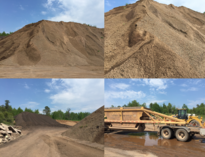
Local agencies lose about an inch of gravel on gravel roads each year. With diminishing aggregate resources, growing costs of gravel and crushed rock aggregate, and overall concern about dust, researchers examined mixtures of recycled asphalt pavement (RAP) and aggregate for new gravel road surface layers to determine optimal level of RAP in an aggregate mixture for Minnesota. Results suggest that mixtures with 70 percent RAP content can reduce dust generation, and, after a year of service, match all-aggregate gravel road performance with a smoother ride. Check out the Technical Summary (PDF) for more information.
|

A new LRRB study identifies turfgrass species and cultivars that perform well under Minnesota roadside stressors. A mixture of six tested cultivars, including bluegrasses, alkaligrass and fescues, are being studied further in a phase two field study. This research will impact MnDOT’s seed mixture recommendations, and lead ultimately to recommendations tailored to three climate regions in Minnesota. Check out the Technical Summary (PDF) for more information.
|
 |
|
A survey of state transportation agencies found that many use chemical adhesives to post-install epoxy-coated rebar in hardened concrete, a practice that MnDOT has suspended. New laboratory testing shows that the practice works well and provides a safety level 200 to 300 times that predicted by manufacturer specifications. Performance varied by about 10 percent among the different adhesives and with epoxy-coated versus uncoated rebar. Researchers recommend modifications to the process that would allow resumption of coated rebar in post-installed concrete crash barriers. Check out the Technical Summary (PDF) for more information. |
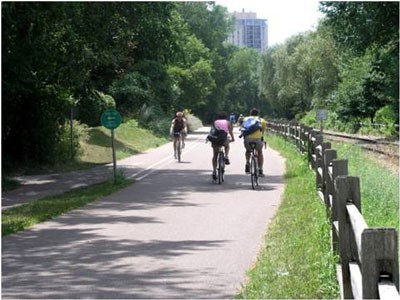
An upcoming workshop sponsored by the LRRB focuses on the management and maintenance of paved trails, but also instructs on vegetation, drainage, signing/striping, lighting, amenities, etc. The class will guide participants on the use of a trail maintenance schedule/checklist and discuss various pavement issues and treatments. The workshop is offered at three locations and runs 9:30 a.m. to 1:30 p.m. Register now!
-
September 24, 2019—MnDOT District 3 (7694 Industrial Park Road, Baxter, MN 56425)
-
October 8, 2019—MnDOT Maple Grove Truck Station (9501 Hemlock Ln N, Maple Grove, MN 55369)
-
October 15, 2019—MnDOT District 6 (2900 48th Street NW, Rochester, MN 55901)
|
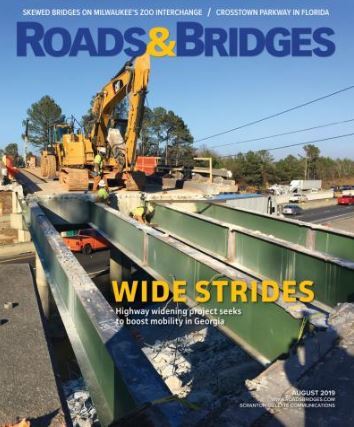
A feature article in the July 2019 edition of Roads & Bridge shares Minnesota’s experience identifying, developing and implementing targeted safety strategies on county roads via a statewide plan for 393 projects since 2012. The low-cost safety improvements – including rumble strips and enhanced edge lines – reduced fatalities by 14%, and continued research is making these techniques even more effective.
|
|
The National Association of County Engineers awarded its 2018 Rural Engineer of the Year Award to John Brunkhorst, McLeod County Engineer and LRRB Research Implementation Committee (RIC) member. Visit the LRRB for more information.
|
|
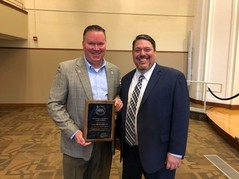 |
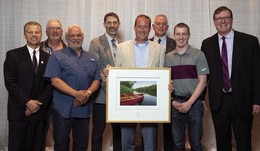
The League of Minnesota Cities has awarded Steve Bot, City of St. Michael Administrator and City Engineer, the James F. Miller Leadership Award, the top honor for non-elected public servants in the state. Bot is also a member of the LRRB RIC Committee. Visit the LRRB for more information.
|
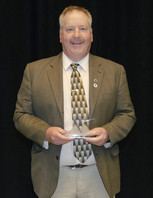
Rich Sanders, former LRRB Chairman and Polk County Engineer, has completed his term as president of the National Association of County Engineers. Sanders advocated on behalf of county engineers in Washington, D.C., and worked on efforts related to unpaved road safety, maintenance, and preservation. Visit the LRRB for more information.
|

The LRRB is featured in the spring newsletter (Page 4) of the Michigan Local Technical Assistance Program. The story covers the LRRB’s history and benefits, as well as its new research idea solicitation and selection process. In addition to successes, the article discusses the program’s challenges, including encouraging broader participation of city and county engineers and evolving techniques for promoting research products and resources. Visit the LRRB for more information.
|
|